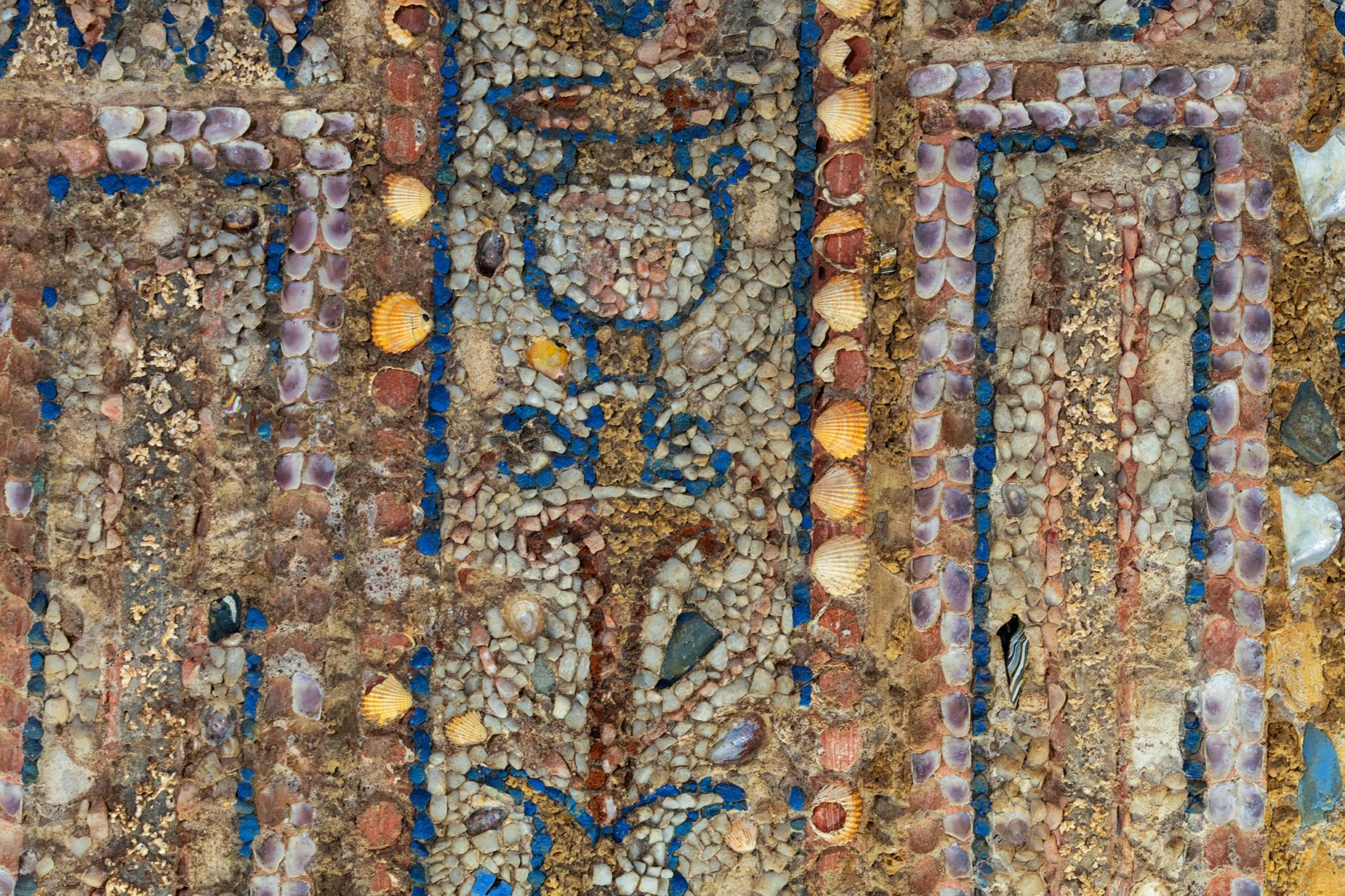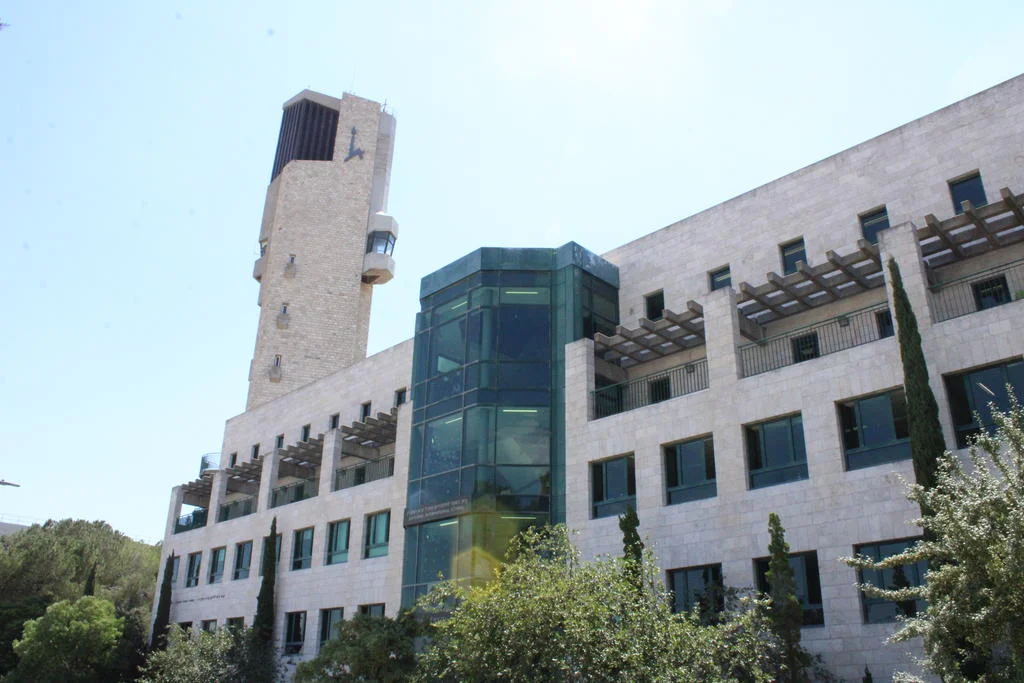Rome, ItalyCNN —
A five-year dig into the side of Rome’s Palatine Hill yielded treasure last week when archaeologists discovered a deluxe banquet room dating from around the first or second century BC, featuring a sizable, intact and brightly colored wall mosaic.
Estimated to be around 2,300 years old, the work is part of a larger aristocratic mansion, located near the Roman Forum, that has been under excavation since 2018.
Ad Feedback
Almost five meters long (16.4 ft) and featuring depictions of vines, lotus leaves, tridents, trumpets, helmets and mythological marine creatures, the mosaic scene was painstakingly created using mother of pearl, shells, corals, shards of precious glass and flecks of marble. The piece is framed by polychrome crystals, spongy travertine, and exotic, ancient Egyptian blue tiles.
What makes this discovery “unmatched,” said archaeologist Alfonsina Russo, head of the Colosseum Archaeological Park in charge of the site, is not only the incredible conservation of the mosaic, but its decoration which also features celebratory scenes of naval and land battles likely funded — and won — by an extremely wealthy aristocratic patron who commemorated the victories on their walls.
Being buried under the earth on Rome's Palatine Hill has protected this fragile mosaic from the elements for centuries.
Emanuele Antonio Minerva/MiC
The intricacy of the mosaic’s depictions of victory have surprised the team working on the project. They show a coastal walled town with lookout towers and loggias — which Russo said could be an ideal or a real-life location — sitting atop a cliff designed with pieces of travertine rock. Scenes of sailing ships with raised sails also feature, alongside depictions of mythical sea monsters swallowing enemy fleets.
Archaeologists are trying to ascertain whether the delicate — and expensive, for the time — coral branches used in the display came from the Mediterranean or the Red Sea (the nearest and most common oceans used by Romans to extract materials). A rare bluish glass paste also featured in the design likely came from the ancient Egyptian city of Alexandria, the team believe.
‘Lost’ ancient Roman palace reopens after 50 years of neglect
“This banquet hall, which measures 25 square meters (270 square foot), is just one space within a ‘domus’ (the latin word for house) spread on several floors,” Russo told CNN in an interview. “In ancient times, when powerful noble families inhabited the Palatine Hill, it was customary to use rich decorative elements as a symbol to show-off opulence and high social rank.”
The chamber, deemed a “jewel” by Russo, was an outdoor banquet hall overlooking a garden, likely used during summer to entertain guests.
Such an elaborate space would also have been used to impress guests with water games, which were very popular amongst nobility at the time. “We have found lead pipes embedded within the decorated walls, built to carry water inside basins or to make fountains spout to create water games,” said Russo.
Work continues to uncover more of the secrets of the large home, which could have once belonged to a Roman senator.
Emanuele Antonio Minerva/MiC
Marco Rossi, professor of Roman antiquities and head of the mosaic lab at Rome’s Università degli Studi di Roma Tre pointed out that these summer banquet rooms were not only somewhere that hosts and guests would go to relax but also used by the mansion owner as a signifier of their wealth and rank.
“Mosaics are usually found on floors, but this runs across the entire front wall and has been incredibly well-preserved,” said Rossi of the piece. “It’s not been ruined by the weight of debris — as can happen to some mosaics on the ground — and despite being delicate, it hasn’t so much as chipped across the centuries.”
The discovery of an entire wall mosaic is extremely rare, Rossi added, not least because these pieces are more delicate than those for the floor which were designed to be walked upon and withstand pressure.
РЕКЛАМА



.webp)

















